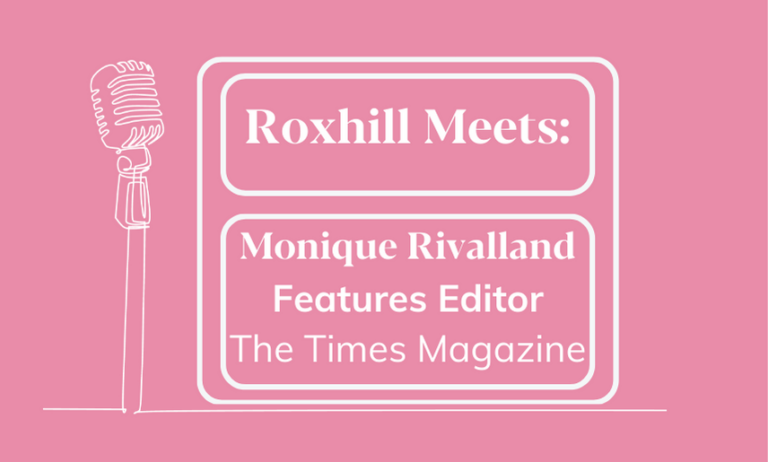Fake journalist requests are harder to spot than ever before. Follow these tips to ensure you're on the right track.
Anyone who works in journalism will tell you that it’s often far less glamorous than it sounds. But, for lifestyle journalists, the job does tend to come with perks. Free concerts; gifted lipsticks; hosted meals; complimentary hotel stays – the list goes on. So you can understand why someone might want to get in on the action by posing as a journalist and sending you a fake journalist request.
However, with requests also coming in from bloggers and influencers, PRs like you and I have more requests to deal with than ever. So, the job of filtering the genuine opportunities from the interlopers can be much more difficult. Green-light a fake journalist request, and your client loses cash.
At Roxhill, we’re here to help, so we’ve pulled together over 50 years of PR experience, channelled our inner Poirot, and come up with this essential guide to help you immediately spot a fake journalist request when you see it.

1. Sender unknown
When you get an email from someone whose name you don’t recognise, google them. If their name comes up but isn’t associated with the title they’re talking about they’re probably not legit. It’s also worth checking the email address, too. Like many phishing schemes, the email can be slightly off – wrong spellings, incorrect suffixes, hyphens in strange places. Think telegraph.org.uk, instead of co.uk.
2. Spell it out
If the content of the email has grammatical errors and spelling mistakes, absolutely question it. These guys are journalists – they of all people should have faultless grammar and spelling.
3. Background search
If the email says the journalist writes for a title such as Vogue or The Sunday Times, quickly double-check that they have existing pieces on the named site.
4. Time trial
Work backwards from their deadline. Any glossy plans three to four months ahead (at least), so if someone is suggesting their piece is going to run next month you know they’re pulling a fast one.
5. Know your worth
If they tell you how much you’ll benefit from being in their title, be suspicious. It goes without saying that our clients benefit from publicity – an experienced editor wouldn’t have to spell that out.
6. Go to the source
Never feel embarrassed about checking with the publication to see whether someone writes for them. They would far rather confirm that they do or don’t than have someone using their name to obtain freebies.
7. Plus none
A journalist who asks for a plus one, saying they’re travelling with their assistant, who is also their photographer, should ring alarm bells. It’s extremely rare that a journalist has an assistant, these days, and even if they did, no magazine photographers double up as assistants (they often need their own assistants).
8. Inspect the goods
Always ask to see an example of the coverage you can expect. They might end up sending you an advertorial, which means that they don’t get the game, or promising a huge amount of coverage which you know, realistically, one client would never get.
9. Bad language
Take a look at the language they use to describe the piece they are proposing. Words like article and report are rarely used now in journalism: feature, round-up or profile are much more common. This can be an easy way to sort the phoneys from the real deals.
10. Radio silence
If you ask for a commissioning note from their editor and they go cold, you know you’ve caught them out.
Need more tips?
Learn more about nurturing journalist relationships and excelling at your job with our PR Insights. Read about what makes a good image, why you need journalist mates and how to befriend them and check out our PR’s Essential Checklist for Pitching.












